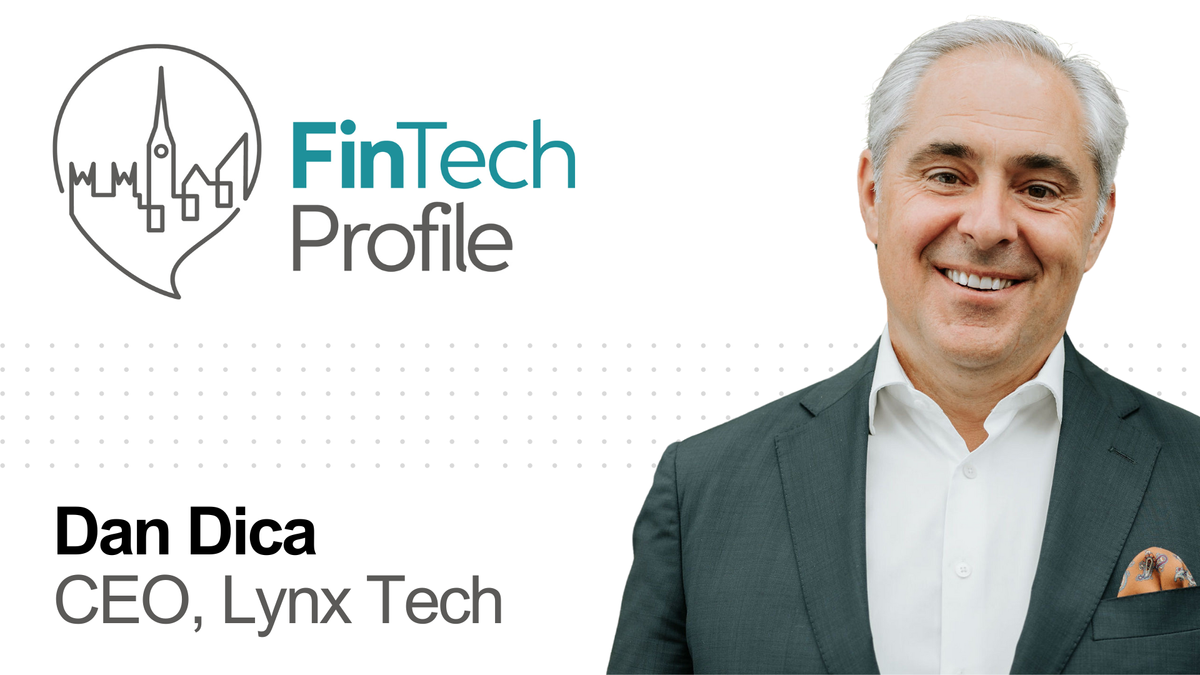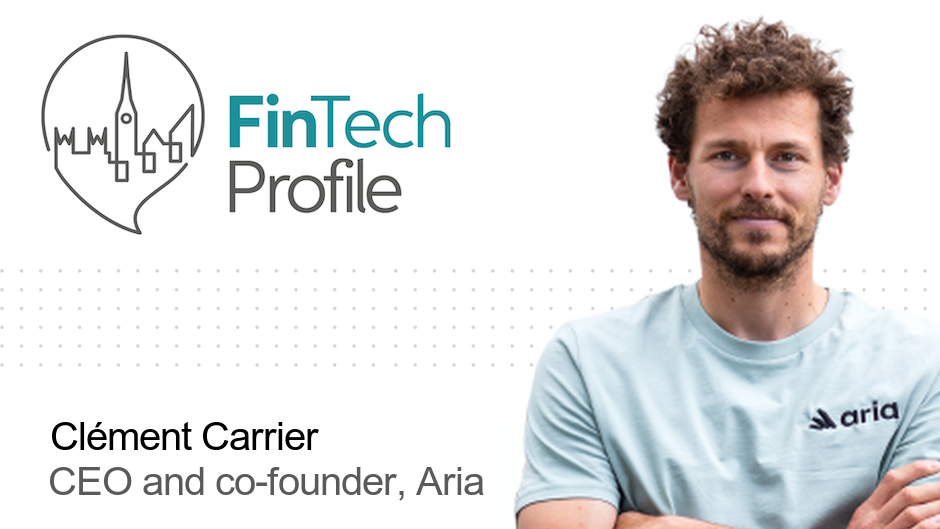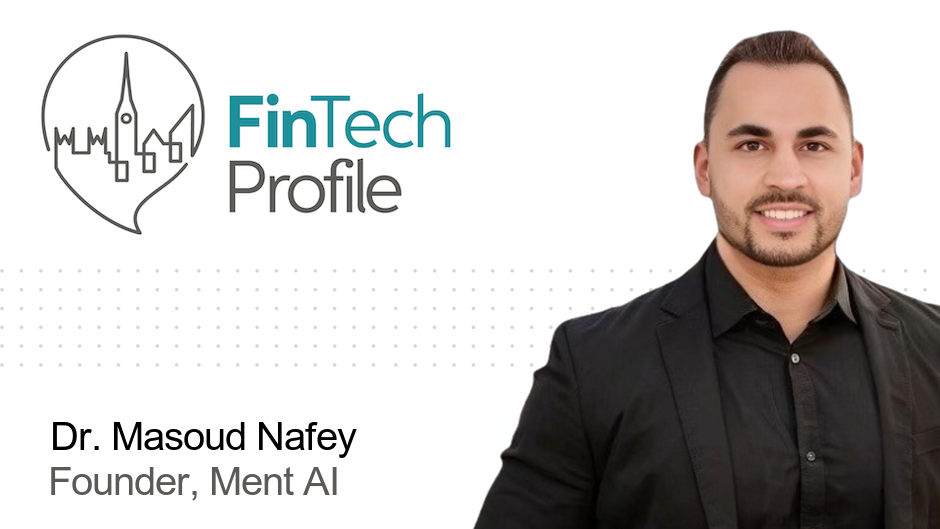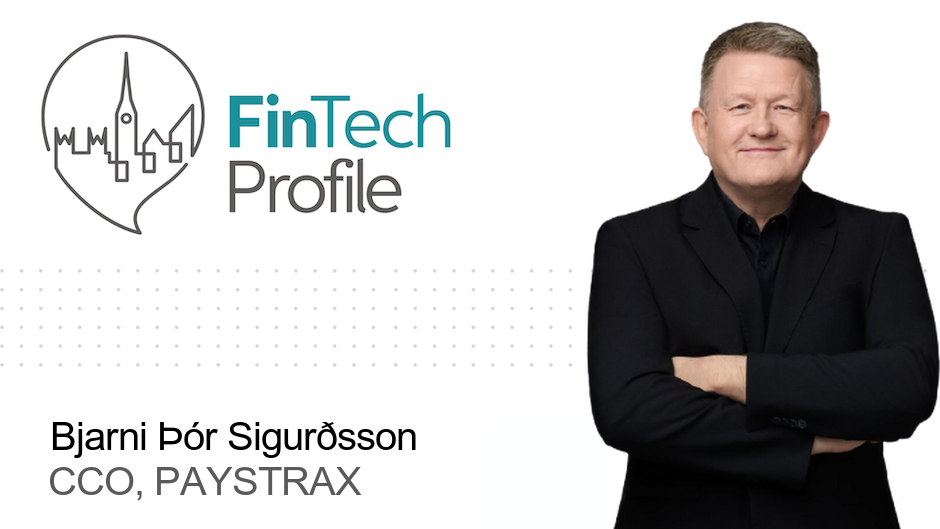Dan Dica, CEO of Lynx Tech

Today we’re meeting Dan Dica, CEO of AI financial security company, Lynx Tech.
Over to you Dan:
Who are you and what’s your background?
With a BA in Computer Science from the ICI Institute, I’ve spent over 20 years developing and implementing solutions in cybersecurity, fraud prevention, anti-money laundering (AML,) and digital identity – that which grow in complexity each year as technology evolves. Beyond technology itself, I’m passionate about building successful global companies that leverage cutting-edge technologies to deliver value to end-users. To deliver on this passion and further my qualifications, in 2020, I studied Executive Leadership at Harvard Business School, bolstering my strategic execution capabilities, financial acumen, and leadership skills.
Prior to joining Lynx as Chief Executive Officer, I led the global revenue growth strategy at OneSpan Inc., a Nasdaq-listed company that specializes in intelligent authentication, fraud prevention, mobile app security, and secure digital agreement software, where I still serve as a Board Member and Advisor.
I’m proud to have a proven track record of driving growth, revenue, and customer satisfaction. The key to a successful company is high-performance teams and cultures, which I focus on fostering in the work environment. Personally, I am always eager to learn new skills, explore new markets, and collaborate with industry leaders and experts.
What is your job title and what are your general responsibilities?
As the CEO of Lynx, I’ve got some big ambitions that we’re going to achieve over the next few years, taking the business to new heights. I want to turn Lynx into a global leader in Artificial Intelligence (AI) for fraud and financial prevention, and to do that, my day to day involves focusing on revenue growth, international expansion, product innovation and customer experience. I’m fortunate to have a strong team of academics and people who know the fraud industry inside out through years of experience working closely with and within financial institutions, so the next step is turning our vision into reality.
Can you give us an overview of your business?
Today, digital fraud is the fastest-growing type of fraud. To put that in perspective, between 2023 and 2027, cumulative merchant losses to online fraud globally will exceed $343 billion, and money laundering is estimated to cost the UK economy more than £100 billion each year. In turn, financial institutions are spending upwards of $206 billion globally on financial crime compliance. Fraud is having a massive impact which is incredibly complicated to prevent, as each day the algorithms become more complex and nuanced.
We are an AI-driven software company designed to solve clients’ most significant fraud and financial crime challenges. Our business specialises in detecting and predicting financial behavioural patterns, developing pioneering solutions based on self-learning AI technology. Created over 20 years ago by Dr. Carlos Santa Cruz, a computer scientist and AI expert, understanding algorithms and mathematics is at our core, and we’ve created a solution that can detect 80% of fraudulent transactions, protecting over 66 billion transactions every single year.
Our foundation of academic expertise has enabled us to lead innovation in fraud detection. Our Daily Adaptive Model – which is market leading – not only learns from what has happened in the past from a behaviour and transactional perspective, but also analyses each day’s transactions to understand and prevent evolving fraudulent activity. As attacks become more complex, so do the prevention measures, enabling us to monitor 2,400 transactions per second and identify and block fraud. We set the standard for accuracy, speed, and scalability for multinational financial institutions and payment providers around the mobile.
Tell us how you are funded?
In November 2023, we announced a €17million (c.£15 million) Series A funding round led by Forgepoint Capital, a leading venture capital firm focused on cybersecurity and digital infrastructure software.
This investment is funding our global expansion and further the development of our integrated fraud, AML and cybersecurity platform that will provide 360-degree visibility of risk and generate significant operational efficiencies, informed by market and regulatory drivers, client needs and technological advancements.
Lynx also has several large commercial deployments with banks and financial institutions in Europe and Latin America.
What’s the origin story? Why did you start the company? To solve what problems?
Our origin story is a little different, as hinted at above. Lynx was born out of The Autonomous Universidad Autónoma de Madrid over 20 years ago. When conventional rule-based solutions proved inadequate in fraud prevention, causing false positives and meagre prevention of actual fraud, we wanted to empower financial institutions to stop fraud in its tracks. At the university, we pioneered the application of machine learning models to enhance fraud detection and yielded remarkable success.
Fast-forward two decades, and we turned our academic ideas into a viable business: Lynx. To date, we’ve thwarted criminals from accessing hundreds of millions of euros in real-time. It’s an unusual way to start a business, but it gives us a massive competitive edge.
Put simply, our business was created because, through research, we discovered a way to leverage AI to prevent fraud and financial crimes. Currently, we monitor up to 99.5% of Spain’s card transactions in real-time, alongside 65% in Mexico and 35% in Brazil, protecting over 66 billion transactions globally across all channels, protecting over 300 million users against fraud and proceeds of financial crime every year.
Who are your target customers? What’s your revenue model?
Our target customers are global financial services organizations. Our robust commercial strategy allows us to create significant value for these customers while remaining competitive. At Lynx, we prioritize our commitment to delivering outstanding customer services and support, data security, and continuous innovation, which ensures competitiveness and high customer retention.
Our revenue model is transaction-based. For our financial institution customers, the fraud we prevent far outweighs the cost of our service, meaning our product is incredible value for money.
Customer Cielo, which processes over 11 billion transactions per year comments, “We chose Lynx due to its advance AI and performance in predicting and identifying fraud. We found Lynx to be the fastest, with the highest accuracy and the fewest false positives. Over the years, Lynx has been and continues to be a trusted and reliable technology partner.”
If you had a magic wand, what one thing would you change in the banking and/or FinTech sector?
If I had a magic wand, one change I would make in the banking and fintech sector would be to ensure the interoperability of financial solutions. By facilitating a real-time exchange of intelligence, we could enhance the industry’s ability to scrutinize transactions for potential indicators of fraud or suspicious activities like the involvement of mule accounts.
What is your message for the larger players in the Financial Services marketplace?
When speaking to leaders in the financial services industry, I have three key messages I’m always keen to discuss, starting with collaboration. In the digital era, enhanced collaboration and data sharing among cyber, fraud and financial crimes fortifies the industry’s defence against evolving threats. As an industry, we need to become more collaborative to prevent fraudulent activity.
On a more individual level, large financial services players need to strive for a holistic 360-degree view of customers across all channels. This will not only alleviate the alert fatigue too often experienced but also optimize operational costs and facilitate swifter, better-informed decision-making processes. For consumers, this view will also help to create a more streamlined process, essential to meeting their expectations in the digital age.
Finally, it is essential that firms progress towards the adoption of daily adaptive machine learning models to proactively combat data drift and enhance fraud detection capabilities. Embracing the convergence of fraud and AML solutions will provide intelligence and insights, facilitate cost optimization, and enable quicker identification of risks in real-time scenarios. By embracing these strategic imperatives, financial institutions can strengthen their operational resilience, enhance customer trust, and stay ahead in the ever-evolving landscape of financial services.
Where do you get your Financial Services/FinTech industry news from?
To ensure I’m hearing a variety of perspectives, I always try to read a diverse range of publications. That said, I regularly find myself turning to the Financial Times, Gartner, and Datos Insights for the latest industry news.
Can you list 3 people you rate from the FinTech and/or Financial Services sector that we should be following on LinkedIn, and why?
- Jamie Dimon, Chairman and CEO of JPMorgan Chase & Co.: An industry visionary, who views AI as a major transformational era for financial services and humanity as a whole
- Daniel Barriuso, Global Head of Santander Retail & Consumer, a digital transformation master who’s not afraid to make tough decisions
- Milton Santiago, Global Head of Digital Solutions at Silicon Valley Bank, an all-round visionary strategist and digital leader
What FinTech services (and/or apps) do you personally use?
My go-to fintech services would be mobile banking based. Revolut is a personal favourite, changing the way I spend, send, and save. Outside of apps, there are dozens of fintech services that I use every day, but never see.
For example, when I tap my card to pay for a morning coffee, I interact with a range of companies, I just don’t have sight of them as a consumer. From the payment provider to the financial institutions’ fraud prevention solution, each of benefits from the innovations of multiple fintechs every time we digitally transact.
What’s the best new FinTech product or service you’ve seen recently?
I recently came across the Commonwealth Bank Australia Mobile App. Of course, I’ve seen a fair share of banking applications across different regions and banks, however, this was one that really stood out for its design. It provides the end-user with a rich, yet seamless experience, which at its core is what the end-user should experience every time they engage with their bank.
Finally, let’s talk predictions. What trends do you think are going to define the next few years in the FinTech sector?
I predict that we’ll see a significant surge in the adoption of embedded finance. While embedded finance was initially slow to gain traction, over the next year, it is poised for exponential growth.
Outside of embedded finance, the ongoing digital transformation within financial solutions towards cloud-based platforms with real-time capabilities is paramount. This shift underscores the necessity for real-time fraud detection and anti-money laundering solutions to keep pace with evolving threats in the financial landscape. Stay tuned.
Thank you for taking the time to participate Dan!
You can follow Dan on LinkedIn at Dan Dica and find out more about Lynx Tech at www.lynxtech.com.




